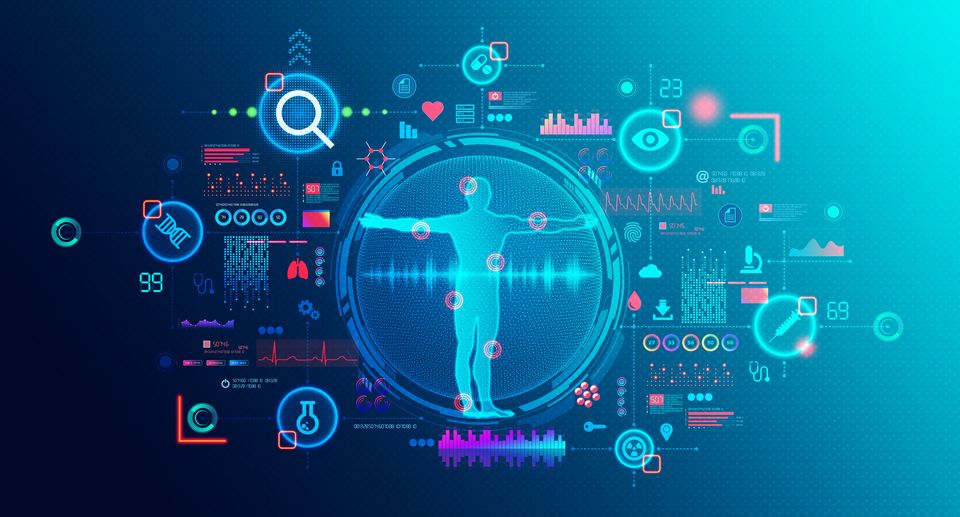Understanding The Medical Device Development Process
Medical device development is the process of creating a new health device or improving an existing one. Understanding how to go about the processes is essential for success.
The goal is to create a safe and effective product that meets all applicable quality control and usability standards. It also involves minimizing potential risks before releasing the devices in clinical settings or to consumers. With this guide, you’ll have an overview of the steps to help you get started on your journey.
Step To Step Guide On Medical Devise Development Process
Medical device development is a technical process that only a professional can do. Therefore, before taking any step discussed below, you want to hire a reputable manufacturing company like this contract medical device manufacturer RBC Medical.
Go for professionals with a proven track record of handling your specific needs, whether on a small or large scale. Partnering with an expert helps reduce the risk of developing faulty medical devices that threaten a patient’s life.
Once you have settled for an expert, here are other steps you can take:
Step One: Defining Your Medical Device Idea

The first step in any product design project, including medical devices, is defining what needs to be built or developed. Take some time at the beginning of your journey to brainstorm ideas.
You’ll get hints by researching competitors to determine if there’s a market fit for what you have in mind. Consider existing products that could be improved or adapted for specific needs or uses like prosthetics. Create an idea or solution based on customer or stakeholder feedback regarding their identified needs. Aim to find creative solutions which could address these pain points effectively.
To be thorough, you can also involve experts across various disciplines, such as engineering, manufacturing, and biomedical sciences. They’ll offer valuable insight early in the process, leading to more effective results.
Once you’ve identified potential solutions and approaches, begin picturing what they could look like when they’re brought into reality.
Step Two: Developing The Technical Specifications And Design Requirements
You now need to write down technical specifications detailing those features you’ve visualized. Develop specific details such as dimensions and materials used. Share your technical specs with designers or engineers for further consultation. They may also add other design requirements necessary for regulatory approval. This can include safety protocols through designing with accessibility needs in mind or meeting minimum industry expectations around usability.
Once you’ve selected a design, now create preliminary drawings. This can include sketches of your concept designs all the way to 3D models. With these, prototypes can eventually be developed during the next stage of production.
Step Three: Creating A Prototype And Usability Testing
Once a concept is fleshed out enough and ready for physical implementation, creating a prototype would be next. This step involves building actual samples based on designs you created, ensuring they work as intended before mass production begins.
This is usually done through computer modeling, simulations, and physical prototyping. You can use prototypes to verify performance parameters such as speed and accuracy. During this phase, these models undergo rigorous testing within company labs and externally across independent bodies like universities.
These trials are essential as they assess the effectiveness of your medical device. They also evaluate its safety profile when used on humans. Most importantly, testing checks if user interactions feel natural and intuitive when interacting with your product. Here, for example, you can ask yourself:
- How easy was the device to pick up?
- Is there any learning curve associated with using the interface?
- Are buttons placed in ergonomically correct positions?
The data collected from participants is then analyzed carefully by experts. They can then conclude on efficacy, side effects, and other parameters. Ultimately, these inferences will help you decide whether the device should go into production.
The feedback also informs future iterations until desired outcomes are achieved according to your expectations. This will ensure customer protection and effectiveness in terms of usage and overall experience with the final product.
Step Four: Regulatory Approval And Certification
Having passed the testing successfully, you have to apply for regulatory approval or certification of your device. Be aware that this step can often be a lengthy one. It involves submitting detailed paperwork that outlines how your product meets specific criteria. These are set by governing bodies such as the Food and Drug Administration (FDA).
It’s only after receiving confirmation from these regulatory entities that mass production can even begin. This means that all documentation needs to be accurate. Otherwise, delays could occur at later stages.
Step Five: Finalizing Manufacturing Process And Regulatory Approvals
Now comes the time for manufacturing. Depending on the complexity of the product you’re creating, different processes may need to be employed. This includes ensuring all materials meet safety requirements and product longevity and have received approval from the relevant regulatory boards.
During this step, it’s also important to consider environmental impacts. You can employ strategies like minimizing waste or using recyclable materials when possible. These measures help protect the environment and can significantly reduce the costs involved.
However, whatever you choose, ensure quality standards are met. This involves conducting various checks, like material quality evaluation and control systems. It also entails using statistical methods while making decisions about the manufacturing processes. This ensures consistency in manufactured outputs produced under similar conditions, as you’ve reduced the chances for errors significantly.
Developing a successful medical device can take years due to the numerous requirements throughout the journey. In addition, many challenges may arise in the process, such as:
1- Finding A Suitable Manufacturer
This is one of the most significant steps in developing a medical device. Finding a manufacturer that meets all safety and quality standards and has experience producing similar products is essential.
2- Time Constraints
As with any product development process, time is of the essence. Finding ways to shorten cycle times by streamlining processes or utilizing digital platforms can help mitigate this challenge. You’ll also ensure that products are brought to market faster.
3- Costs
Developing a medical device also involves spending money on materials, prototypes, testing, and regulatory compliance. All these have associated costs, so finding cost-effective solutions for each step is essential.
This will keep your budget within limits set in the earlier stages. Moreover, involving all stakeholders throughout the project’s lifespan often helps identify areas where you can save on certain aspects. You can also apply for funding from investors or grants from organizations like the National Institutes of Health (NIH).
These are some of the issues that can easily take your project down. However, you can employ simple solutions and overcome these barriers with grit.
Summary
Developing a new medical device is no small undertaking. However, the journey is much easier with proper planning and applying due diligence. Understanding this complex journey ensures your medical device has every chance of becoming a success story within its sector. You’ll provide consumers with the improved healthcare products they need to improve their lives.
Author: Oliver Harris
Oliver Harris is a medical device enthusiast with a keen interest in understanding the latest advancements in biomedical engineering. He has been researching and following the development of cutting-edge medical devices for more than 10 years, staying up-to-date with life-saving technologies in the healthcare industry. Oliver frequently shares his insights and knowledge about medical device innovations through guest posts on various blogs. In his free time, he enjoys cycling, photography, and volunteering at local community events.


